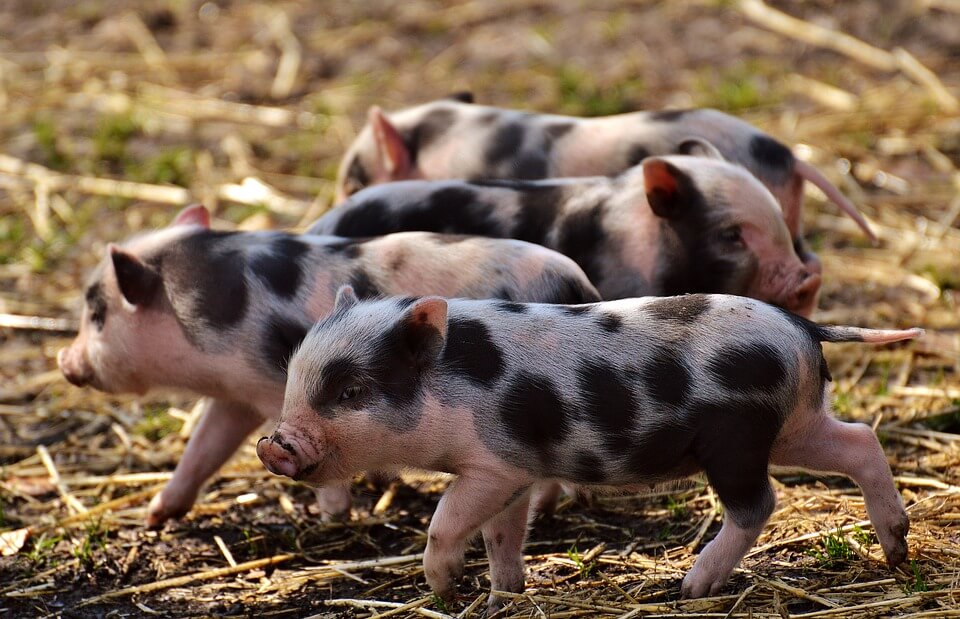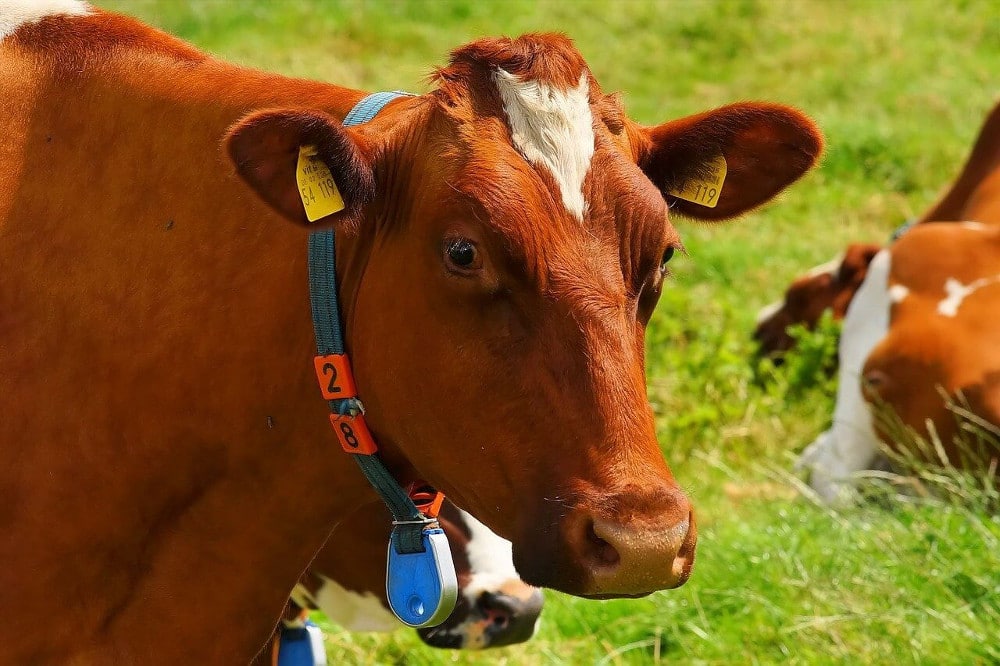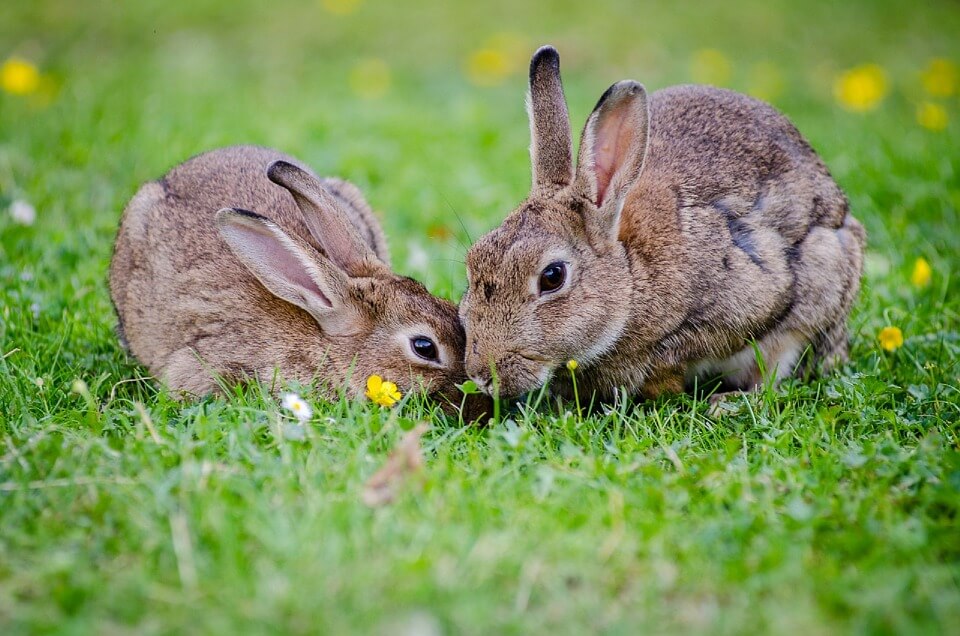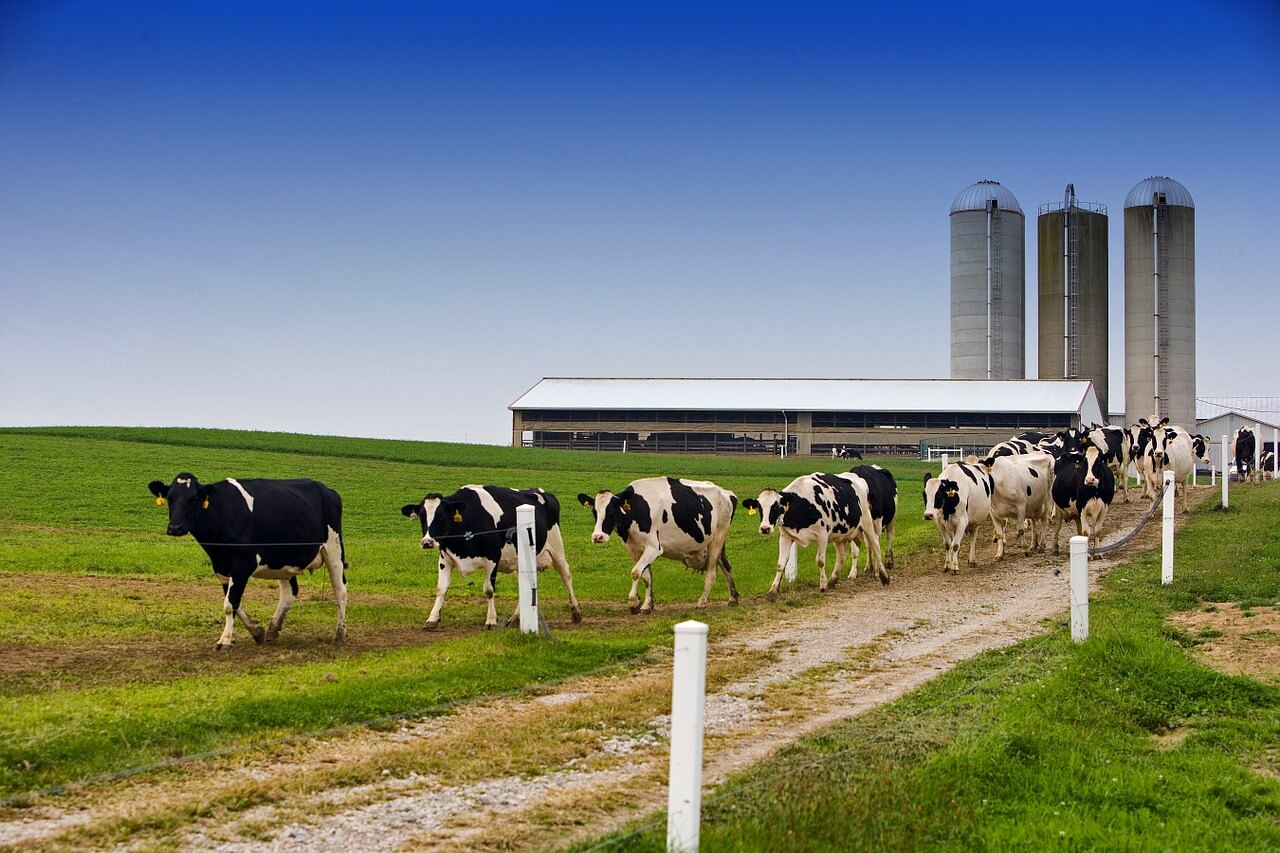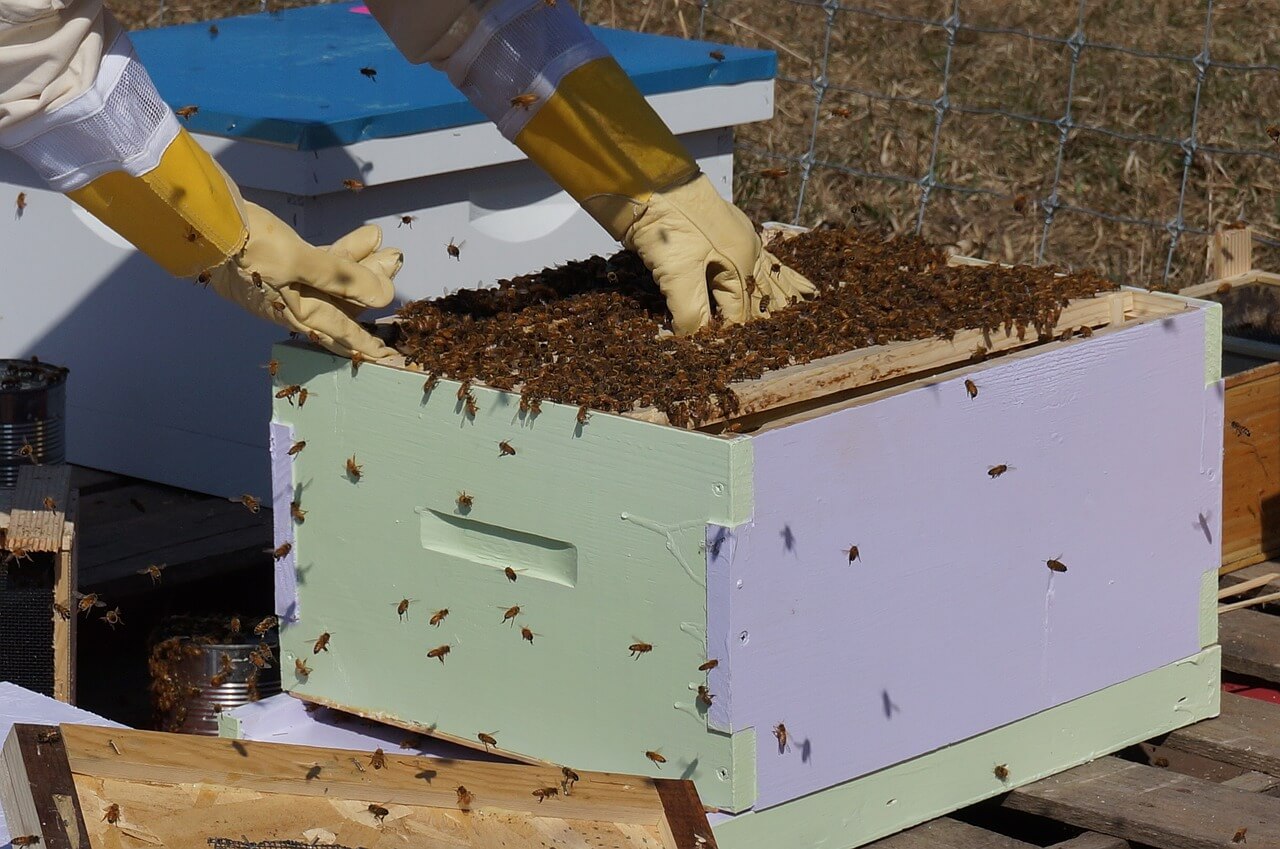Pig farming in Kenya has for long been considered as a dirty venture by many. Well, I want to change that notion today through this article by letting you know that pigs are among the cleanest animals you will ever find at home!
I know you think am probably lying. Here is the science, pigs lack sweat glands. As a result, they have to look for survival means to keep their bodies cool.
In most cases, they have to roll around on the floor and mud to lose heat. So, it would be wise to say that pigs look dirty rather than they are dirty.
Know you know (if you didn’t ). In this same tone of discovering aspects that we might not know, this article will expose you to clear guidelines to understand pig farming in Kenya.
I sincerely hope that you will learn a lot. First of all, the number one step will be for you to understand the types of pigs found in Kenya. All that follows below.
Pig Farming in Kenya – 7 Types of Pigs Found in Kenya
Pigs, also known as swine can be found in varieties in Kenya. Some of the most popular breeds in this country include :
- Chester White
- Landrace
- Hampshire
- Yorkshire
- Durok
- Berkshire
- Poland China
Must read: Mushroom Farming in Kenya could employ millions.
Chester White Pig

When it comes to the Chester white pigs, you should always keep in mind their unique mothering abilities. Their ability to birth has made them popular among small-scale pig farmers in Kenya who start small.
Another important attribute to note about the Chester white pigs is their white skin as the name suggests which is attractive. Plus their muscle good quality appeals to specific pork lovers.
Chester white pigs can gain more than 0.5 kilograms of weight in a day for every 1.5 kilograms of feeds.
Unique Characteristics of the Chester white pigs
- Fully white in color. If they have any other colored spot then it shouldn’t be bigger than a coin.
- Their ears face down and medium-sized
Similar visitors also read: How to start Farming Business in Kenya.
Pig Farming in Kenya – Landrace Pig

Now the landrace pigs are well known for their unique abilities to produce lots of milk to their piglets.
They do this than the average pig. When it comes to their size, the landrace can range anything from being medium to large-sized.
Their ears look heavy and are pointing or dropping to the ground. They have a white color (mostly). And fine hair.
The landrace typically has an average height as well as a long body. And a noticeable lack of excess fat and wrinkles that you would notice in other pig types.
Hampshire

For the pork lovers out there who are choosy on the type of pig to slaughter then you may just want to check out this.
The Hampshire has an amazing carcass with low backfat. While for the small-scale farmer, Hampshire has a high mothering ability that will see your animals increase over a small period of time.
Characteristics of the Hampshire
- The Hampshire is large in size.
- They are very temperant and hence can stay around people.
- At maturity, the Hampshire can weigh around 290 Kilograms.
- Hampshire lives for long (4-8 years )
- And they make good mothers to their piglets.
Yorkshire

Yorkshires are typically white with ears that tend to erect upwards. Because of their low backfat, lean and muscled meat the Yorkshire is the most common pig you will find in Kenya. Their typical color is usually white and they are large sized.
Unique Characteristics of the Yorkshire
- The Yorkshire pig is well able to endure changing climates. This is from being hot to severe coldness. This is one attribute that most pigs cannot endure.
- They are good mothers and on average they can birth 13 piglets. This is good news for small-scale farmers in Kenya who start small.
- Whether in open or confined domestication, Yorkshire can survive fairly well.
Related: The Untapped Potential of Bee Keeping.
Pig Farming in Kenya – The Duroc

The Duroc is a breed that was reached upon to improve eating qualities in pigs to be optimal. So, in case you’re looking forward to having a pig breed that gives good end product and is economical to keep then look no further.
Duroc is your solution. The Duroc can range from being dark to yellow and come in large sizes when they reach maturity. Equally to note is that the Duroc can birth at a high rate.
Berkshire

If your that farmer that likes being outrightly clean and would love to engage in pig farming in Kenya then probably you should bet on the Berkshire breed!
Another set of important attributes to note about this breed is that they are efficient and fast while growing by being resilient to diseases. They also reach the reproduction stage fast and have an exceptional meat taste.
The uniqueness of the Berkshire
- The Berkshire can weigh up to 270 Kilograms at maturity.
- Typically the Berkshire are white colored with black spots.
- Berkshires are social animals and hence can spend time with people around them.
Pig Farming in Kenya – Poland China

The Poland China pig variety is well known for its ability to reciprocate weight with the feeding in a way that pleases the businesses purpose. Combined with it’s amazing lean mean and good muscles the Poland China is ideal for business farming.
The uniqueness of the Poland China
- Poland China is predominantly black with white patches on the four legs and nose.
- Poland China has ears that are falling downwards.
- This breed type Can be average to large-sized.
- Their sizes can range from medium to large size.
Related: The Potential of Rabbit Farming in Kenya.
Now that you have had the unique experience of understanding the different types of pig breeds kept in Kenya it will be important that we take a look at how you feed these pigs.
This is important as it ensures that you have healthy pigs that reproduce faster and gain market weight. I have highlighted steps to guide you understand the feeding of feeds down below.
Check out this article: A Complete Review of Poultry Farming in Kenya.
Step by Step Guideline to Feeding your Pig
One of the headaches that pig farmers in Kenya’s face are deciding how much feed that they should give to their animals.
Not to mention the type of feeds that should be served. If your a pig farmer in Kenya who falls in this category then worry no more as your concerns are addressed below.
Step 1 of feeding pigs
Know the exact amount of feeds and the nutritional elements therein contained: In order to save costs for feeding your pigs it is advisable that you talk to your veterinary to advise on the amount of feed required for every pig that you have.
As you do this consider the nutritional elements in every feed and ask your veterinary how this will affect the growth of your pigs.
Step 2 of feeding pigs
- Understand the perfect time to have your pigs served with food and water and make sure to keep this trend every day.
- On a timely spot. Experts recommend that you feed your pig two times a day. And after every 12 hours. However, water should be constantly available.
Step 3 of feeding pigs
Know the number of tools (if needed ) that you need to have in your feeding process that facilitate the feeding and keeping of water for the pigs.
If you settle on a tool called the self- feeder to facilitate the feeding of your pigs then ensure cleanliness at all times. And avoid strangers touching that self-feeding tool.
After feeding your pigs well, it is important that the wastes that will be gotten are well gotten rid of. This process is well explained in the section below.
Disposing of pig wastes
Once the pigs have eaten, the most obvious process that follows is digestion. So, as a pig farmer, you should be able to have the tunnel system in the structure that shelters your pigs to have a tunnel.
That tunnel flows urine and droppings into one collection point (hole ) where the biodegradation process takes place.
Once you treat the droppings and urine, you can get the right manure for specified crops and even make biogas.
Since I have mentioned the pig structure, I will touch a little bit of the same below. So as to give you a holistic understanding of pig farming.
The housing structure of a pig
So, when considering to make a pig shelter, first you make put in mind your budget, the number of pigs that you have, the age of pigs, the weather where you live and the period of time you intend to be in the venture.
Once you do this analysis, then follow the following guidelines for making a basic pig farm (but base your circumstance in mind ).
Guides for Building a Pig’s House
- Select an area that is elevated to avoid flooding and the security of the pigs.
- Ensure the area you select has an average temperature, if not, put it under a tree. make sure the pigs are not in a hot or cold place.
- You don’t want your pigs to be in close range with your neighbors am sure. This is for peaceful coexistence since some people might not be comfortable. So, consider this when erecting the shelter.
- Keep in mind that the droppings and urine from the pigs will be sued to make manure and electricity. It is important to ensure that the movement of the wastes to the biodegrading machine and manure compost is achievable.
So, once you have your pigs well accommodated somewhere, then it becomes easy to monitor their behavior or and growth till maturity. So, the last point I will touch on how you need to market your pigs as they approach maturity.
Marketing your Pigs or Their Products
As you observe your pigs reach maturity, your mind as a farmer should be reading fast on what and where do you take your harvest.
So, you should already have a clear market plan and target your customers in good time so that you don’t end up with ready to slaughter pigs for long without a customer.
Another good benefit of doing the early market of your pigs is that you enjoy the advantage of sourcing for the most competitive prices since your not desperate.
So, visit the local mall, butchery, schools, hospitals and larger families to market your pigs in good time.
Always have a calculation of the cost you incurred in farming to use as a determinant to negotiate for better prices.
Take Away from Pig Farming in Kenya
Well, you have seen how simple but organized pig farming in Kenya needs to be. If your planning to explore this venture then you have to be systematic in everything and interconnect the same to the next move.
As you have seen, pig farming is not operating on the raw knowledge of keeping pigs by feeding them on food remnants.
And probably keeping the pigs in a dirty place. The guides that I have provided in this article call for special attention to every type of pig out there inform of feeding, housing, and veterinary services.
This is because professionalism in pig farming in Kenya is the only guide to reaping the benefits in this field.
